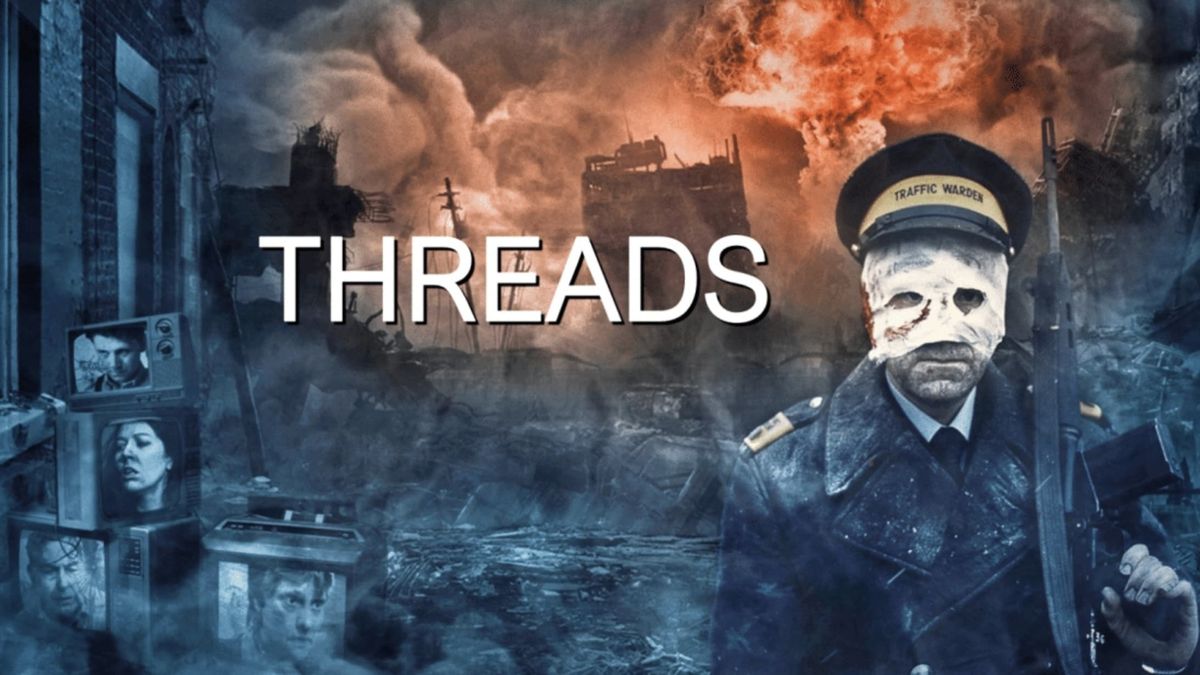This HORRIFYING Film is Exactly What the World Needs To See Right Now
As people opposed to nuclear escalation, I think we can learn something from the activists who made this film. It's clearly an effective piece of media.

Last night, I finally got around to watching the terrifying 1984 film "Threads" by Barry Hines and Mick Jackson. The film was a straight-to-TV production that punches way beyond its £400,000 budget.
In short, this British film is an ultra-realistic depiction of what nuclear Armageddon would look and feel like.
Through the lens of the film, it is easy to see how the spiraling escalation over Ukraine could reach its final destination. It makes this worst case scenario look plausible.
In the film, the Soviet Union invades Northern Iran in response to a US-backed coup. The US reacts by occupying the South. Spiraling escalation culminates with a tactical nuclear exchange after the Soviets allegedly destroy an American submarine.

The potential similarity between this and the crisis in Ukraine should already be obvious to the reader.
Much like real life, the film's geopolitical escalation takes place in the background of daily life via news broadcasts and headlines. The citizens of Sheffield, UK, where the film takes place, at first try to ignore the crisis, but begin to panic when the Soviets break an American ultimatum—reminiscent of the UK's own declaration of war against Germany in WWII.
During this time, antiwar and antinuclear activists demonstrate in the streets, but are shouted down as Soviet apologists. Soon after, the missiles rain down.

Many people assume that everyone within a certain radius of a nuclear explosion would instantly die. As the film realistically demonstrates, this is not true. Many people in Sheffield survive for days with grotesque blast burns. They suffer horribly from radiation sickness.

This depiction, which includes civil unrest and irradiated drinking water, was scientifically accurate.
The latter half of the film realistically depicts the effects of nuclear winter. World population and conditions are reduced to the sub-medieval. Even the survivors' language devolves to the point of being unrecognizable.
Ultimately, the film is a disturbing reminder of just how bad things could get. The comments are full of Brits recounting how they were made to watch it in school—perhaps we should all be watching it? What do you think?

As people opposed to nuclear escalation, I think we can learn something from the activists who made this film. It's clearly an effective piece of media.
How can we use tone and revulsion in our own work, to propagate a pro-peace message? God knows the other side is using it for war.
Notes in the Margin
Thanks again to all you new folks who just started following my work because of "The Truth About Oppenheimer."
I've been thinking a lot about how I can earn your subscription with this newsletter and membership website. I have turned Comments on—find the link below—please say hello and let me know what you'd like to see more of.
I edited the About page to give you an idea of something valuable I can offer you beyond the forthcoming Part II of my Oppenheimer documentary. That is my experience as an attorney, writer, and commentator in unearthing dark history and geopolitics. I can give you the tools to find out "what they're not tellin' you" for yourself.
I hope it's value added that is worthy of your support. If you agree, please become a Supporting Member today for $5/month or $55/year.



Comments ()